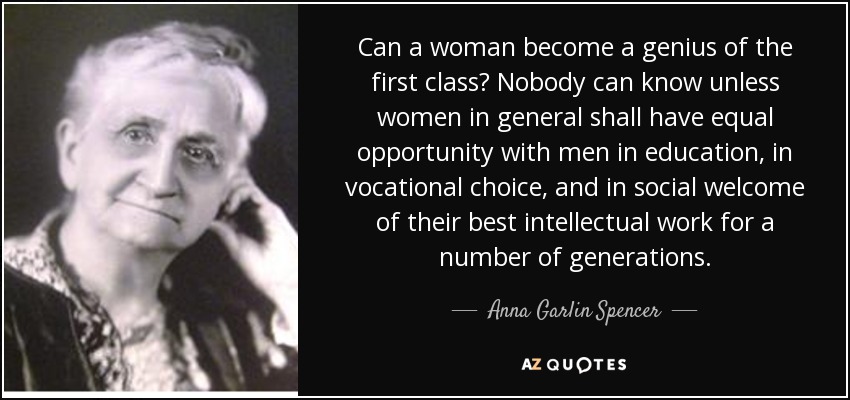
The Tour of America will solve the world’s biggest problem, by engaging in the world’s most universal activity using the world’s greatest example.
How’s that for a mission statement? Let me explain.
There are lots of problems in the world – serious problems that deserve as much attention as we can give to them. It is daunting, the number of challenges we face, but we should also consider how we got to where we are.
We’ve actually managed to solve a lot of problems over the course of human existence and we should be both proud of that and inspired to take on the ones that remain. We tend not to think about what we’ve achieved and how far humanity has come from the days of pure carnage, brutality and barbarity, probably because we see a lot of that on the news.
But we can at least take a little comfort in the fact that the reason we are reminded of the worst elements of humanity is because they are newsworthy, and the reason they are newsworthy is because they are novel, and the reason they are novel is because they are relatively unusual in the context of our overall lives.
That doesn’t mean that problems aren’t important, it just means they are the exception rather than the rule. But exceptional doesn’t make them acceptable – we must continue to confront the worst elements of humanity and never give up. And the good news is that most of the time we succeed once we’ve figured out the “how”.
But how did we do that? What’s our formula for knowing how to solve problems?
There are a lot of problems that have been solved by the most complex combination of technology and innovation that no single person could have come up with – things like curing polio or landing on the moon – and then there are solutions that are so simple, that they are just a matter of looking at things from a slightly different perspective. You could say this is where genius comes from, but then, you could also say genius could come from anywhere. It doesn’t necessarily require a highly technical mind or several decades of experience; sometimes it’s just a eureka moment that can happen to anybody because of their unique point of view.
Consider that it’s been, probably, hundreds of thousands of years since humans invented the wheel. And it’s been more than a century since humans invented the suitcase to solve the problem of carrying their stuff on a trip.
But what about putting wheels on a suitcase? That kind of just happened, and not because we threw the greatest minds of mankind against this terrible problem of heavy, unwieldy suitcases. No, it happened because somebody thought, “what if we try this?” It worked, and now everybody’s suitcase has wheels on it.
Genius? Absolutely, if we are willing to define genius by something other than the ways we usually do. Sometimes we just have to look at things a little differently.
Of course, step one to solving a problem is defining it, and as mentioned, we have a lot of problems, but since we have now proven that we don’t really have to be a genius – in the conventional sense of the word – to solve them, let’s return to our mission statement and swing for the fences.
What do we think is the biggest problem in the world?
To me, it’s obvious, but that’s probably because I’m looking at things a little differently. Here it is:
The equality, empowerment, protection and education of women is challenged across the country and around the globe. The result: Humanity has not come close to reaching its full potential because, in so many parts of the world, we have systematically devalued half of our population through tactics ranging from institutionalized physical abuse in some countries to debilitating (but often socially acceptable) discrimination in much of the developed world.
The range and form of discrimination and abuse is vast, but the outcome is the same: we all lose.
Why, you might ask, is this the world’s greatest problem? Because 1) people solve problems, and 2) we have yet to experience a world in which the brilliance, power, innovation and – I should say – the ability to look at things a little differently – has been fully unleashed in all women in a way that will help us solve all of the other problems.
There are seven billion people in the world – that’s seven billion brains. Now imagine all of humanity as one big brain and consider that, in a lot of places in the world, we are only using half our brain, and in the developed world, we can safely say we’re not using all of it.
Problems do come in a hierarchy. To invent the car (or today’s suitcase), first you had to invent the wheel. To invent the light bulb, first you had to invent the carbonized filament. To invent a computer – at least a computer that didn’t take up the entire floor of a building – you needed to invent a silicon chip. You get it.
The logic here is the same: to solve a problem and invent the whatever, first you need to reinvent how we treat women around the world.
This is the “what” of the mission – the problem we’re going to solve. Next, I’ll share with you how I think we’re going to do that. I’ll give you a hint: just like that suitcase, it involves wheels.
It isn’t rocket surgery – just a way of looking at things a little differently.



